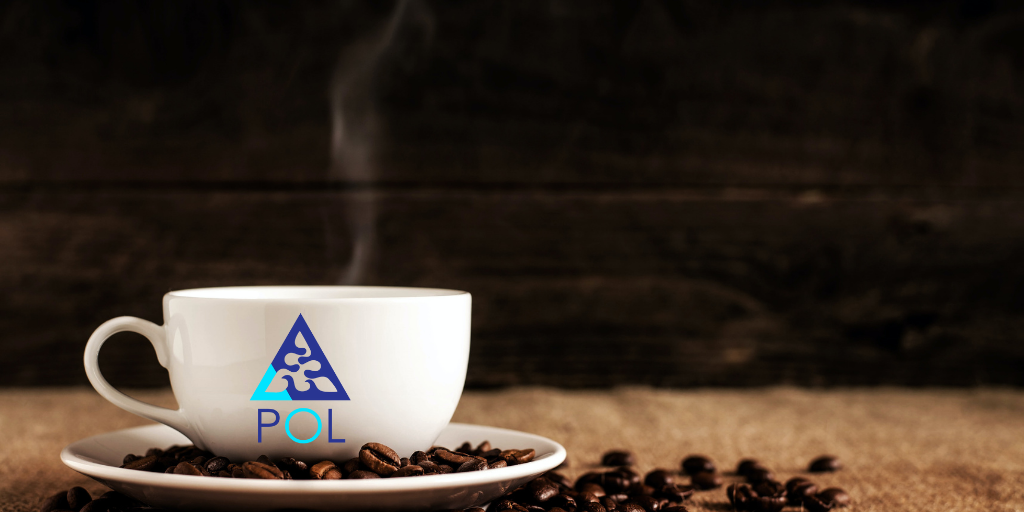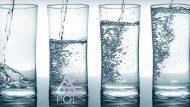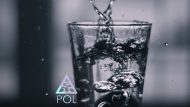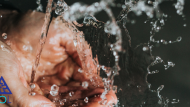You want a great cup of coffee or tea, especially to start or end a day. And, while the coffee beans, herbs, or tea leaf quality is important, water is the main ingredient in that hot cup of happiness.
And, the quality of water can turn the best ingredients into an average cup of meh.
It’s not that your tea or beans have gone bad. It’s that your water needs improving.
How Does Water Impact Coffee?
Water has a tremendous impact on the flavor of the coffee. Softened or distilled water makes a very boring cup since minerals are essential. But you don’t want your tap water to have chlorine or other off-putting odors or flavors.
Many serious coffee lovers use bottled spring water or have a home water purifier to get the best flavor out of their cup of joe.
How Does Water Impact Tea?
Just like coffee, tea needs pure water with minerals in it to balance the flavor. You will want to use the best quality of water possible as free from chemicals and full of minerals. The chemicals can interact negatively with the herbs, spices, and tea leaves yielding an unexpected (and unpleasant) flavor.
Three Reasons Why You Need Great Water
Drinking a good cup of your favorite beverage requires well-purified water. Why? There are three main reasons:
- Smell
- Taste
- Health
If your water smells off, so will your beverage. And, if the smell is off, the taste will be off. Many water treatment (can link to the other blog post) plants use chlorine to kill parasites, bacteria, and viruses. There isn’t enough in your water to be harmful to your health but it could be enough to affect the smell and taste.
Other dissolved solids can affect the quality of the water leading to a musty or earthy tone. And if the bad guys (mercury, lead, arsenic, and iron) seep into your water supply, you’ll be left with metallic-tasting coffee or tea.
By having purified water, you ensure these harmful items are removed improving your health and the quality of your cup of tea, coffee, soups, broths, hot chocolate, and just about everything else.
How to Make A Great Cup of Coffee
How you make your coffee depends on how strong you like your coffee. The French Press is well known for making a very strong cup. Percolators were used for years before automatic coffee makers came along.
Some people like to use pour-over filters to make a single cup of coffee. It gives more control over the volume of coffee grounds used, and you can control the temperature precisely. It just takes a while for the water to go through, so you need to plan ahead rather than setting up the coffee pot the night before and grabbing that first cup before you head into the shower.
Then, there are the single-cup coffee makers. These can be perfect if you only want a cup here and there. You can use your own coffee grounds if you purchase the reusable cups separately.
Where To Start When Making Coffee
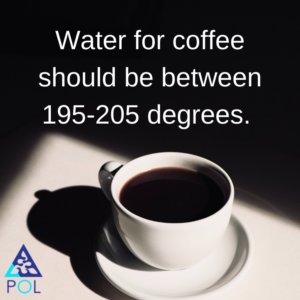 You want to start with cold purified water. It should get heated to between 195F and 205F. Coffee has oils in it that need to be gently pulled into a solution rather than burned.
You want to start with cold purified water. It should get heated to between 195F and 205F. Coffee has oils in it that need to be gently pulled into a solution rather than burned.
The rule of thumb for how much to use is 1 tablespoon of ground coffee per 8-ounce cup of coffee. Sometimes, it’s recommended to use 1 tablespoon per 6-ounce cup. Again, a lot depends on your palette and how strong you like your coffee.
If you bake, you know that tablespoons and cups can vary depending upon the person and the measuring device. So, if you have a digital scale, you know know that 1 tablespoon of ground coffee is approximately 15 grams.
Test the temperature of the water that comes out of your coffee maker. If it’s within range, use it and enjoy it. There’s something to be said for convenience.
How to Make a Great Cup of Tea
If you want to start a fight, ask people the best way to make a cup of tea. Many of our world’s cultures have tea as an important part of their lifestyles
China and Japan both have ceremonial tea ceremonies. Great Britain has tea time. Tibet, Taiwan, and Thailand have their special teas as does Russia, India, Morocco, and Argentina.
Drinking tea originated from China and has become the most-consumed drink in the world. Taking a break with some tea is a time to pause and be mindful. It’s a good time to feel grateful and fully immerse yourself at the moment.
Right Temperature For Making Tea
When making the perfect cup of tea, you need to look at the temperature of the water and what you’re making the tea out of. The right temperature will extract the right amount of flavors including tannins. Too many tannins can make a bitter tea.
Tea made out of herbs and flowers is often called a “tisane.” You want the water to be at a good boil or 212 degrees Farenheight.
If you’re making black tea, you want the water temperature to only be 208F or a little bit before it boils.
Green teas should be brewed in water that’s just hot and is between 150F and 180F. The Japanese green teas should be brewed at the lower range, and the Chinese green teas are better mid-range.
Japanese green tea is dried with steamed heat. Chinese green tea is dried with dry heat. The different processes lock in flavors differently.
Then there’s Oolong tea, white tea, dark tea, and yellow tea. Some teas are blends and include herbs and spices like star anise. And then you have blends of teas that are infused with flavors.
Jasmine tea is well-loved from Chinese restaurants. When you taste it, you know immediately what it is. It’s created with a blend of white tea, black tea, oolong tea, and green tea that is infused with jasmine flower blossoms.
Best Practices For Marking Tea
Heat up the vessel first whether you’re making a cup or a pot of tea. Heat up the best water you can get to the correct temperature. Often people use electric kettles to get an exact temperature.
Put the tea into the vessel, and add the water. Most people let it steep for five minutes. But you should steep to your preferred strength. Then pour from the teapot through a strainer into your cup and enjoy the aroma as you sip the perfect cup of tea.
Ok, if you want to add in sugar or milk or lemon, we won’t judge. Pass the teapot, please.
Want to learn more about water? CLICK HERE to learn why water is a vital nutrient for your body.

